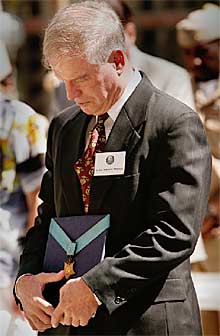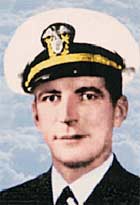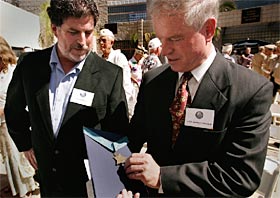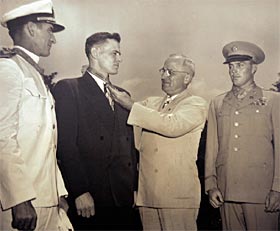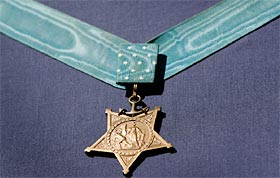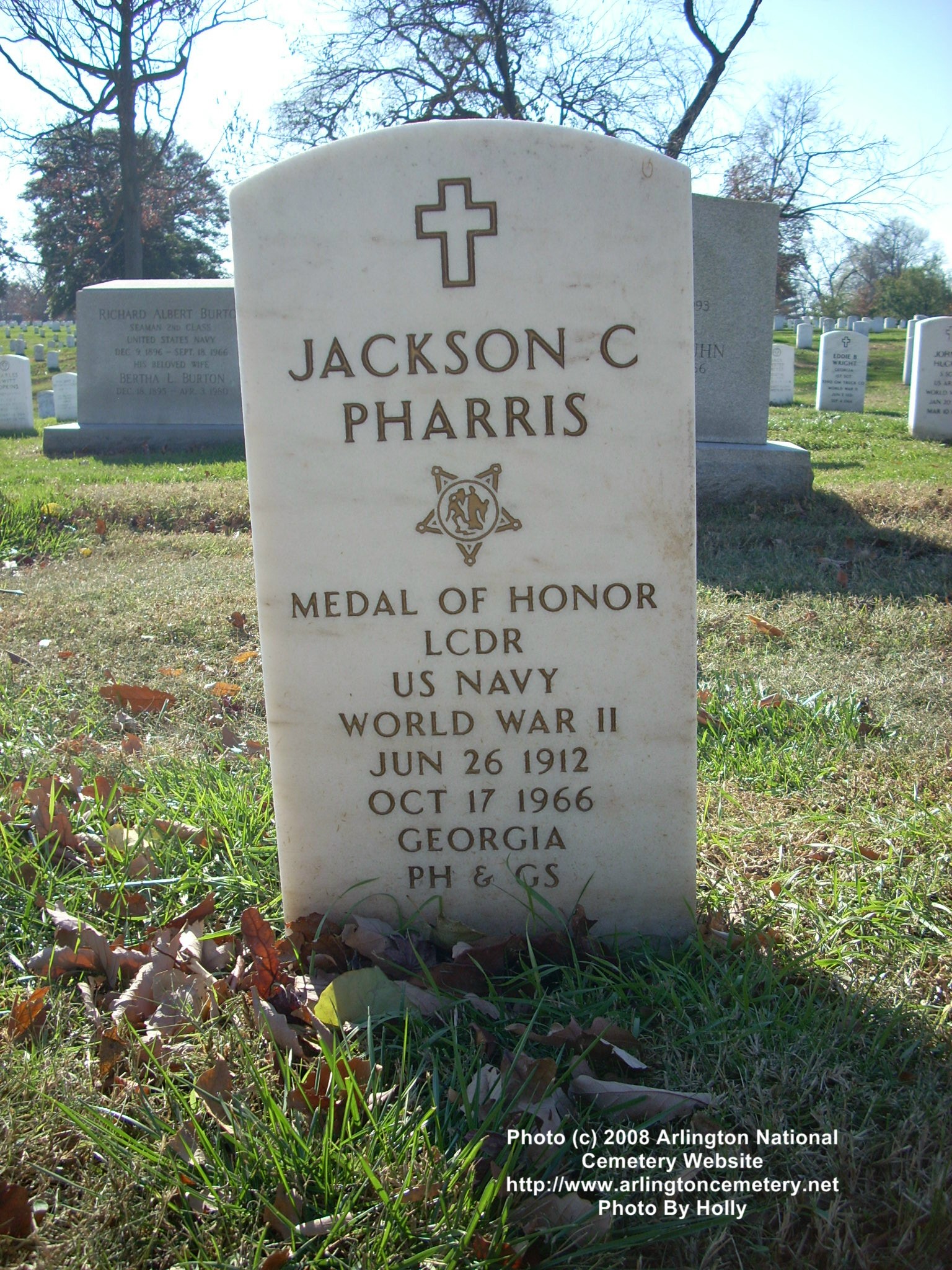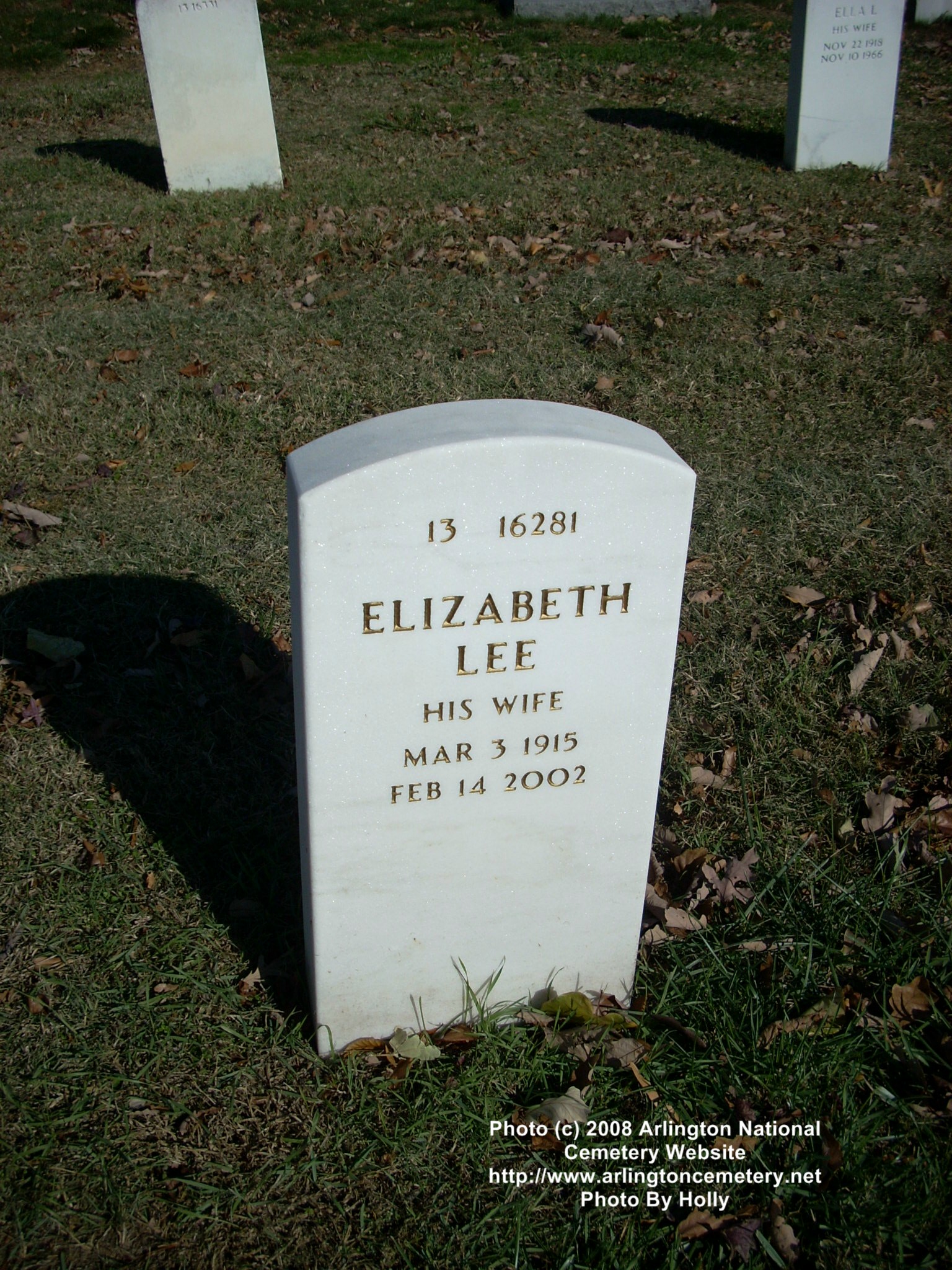Medal of Honor. Place-Date: On the USS California, Pearl Harbor, Territory of Hawaii, 7 Dec 1941, for helping to save the battleship California during the Japansese attack.
He entered the service in California and was born at Columbus, Georgia.
June 26, 1912-October 17, 1966.
He is buried in Section13, Grave 16281, Arlington National Cemetery.
PHARRIS, JACKSON CHARLES
Rank and organization: Lieutenant, U.S. Navy, U.S.S. California. Place and date: Pearl Harbor, Territory of Hawaii, 7 December 1941. Entered service at: California. Born: 26 June 1912, Columbus, Georgia.
Citation
For conspicuous gallantry and intrepidity at the risk of his life above and beyond the call of duty while attached to the U.S.S. California during the surprise enemy Japanese aerial attack on Pearl Harbor, Territory of Hawaii, 7 December 1941.
In charge of the ordnance repair party on the third deck when the first Japanese torpedo struck almost directly under his station, Lieutenant (then Gunner) Pharris was stunned and severely injured by the concussion which hurled him to the overhead and back to the deck. Quickly recovering, he acted on his own initiative to set up a hand-supply ammunition train for the ntiaircraft guns. With water and oil rushing in where the port bulkhead had been torn up from the deck, with many of the remaining crewmembers overcome by oil fumes, and the ship without power and listing heavily to port as a result of a second torpedo hit, Lieutenant Pharris ordered the shipfitters to counterflood. Twice rendered unconscious by the nauseous fumes and handicapped by his painful injuries, he persisted in his desperate efforts to speed up the supply of ammunition and at the same time repeatedly risked his life to enter flooding compartments and drag to safety unconscious shipmates who were gradually being submerged in oil.
By his inspiring leadership, his valiant efforts and his extreme loyalty to his ship and her crew, he saved many of his shipmates from death and was largely responsible for keeping the California in action during the attack. His heroic conduct throughout this first eventful engagement of World War 11 reflects the highest credit upon Lieutenant Pharris and enhances the finest traditions of the U.S. Naval Service.
By Alex Roth
COURTESY OF THE SAN DIEGO UNION-TRIBUNE
October 3, 2007
Jack Pharris II held his late father’s Medal of Honor yesterday
during a ceremony at a Navy base in Coronado
The strange tale of Navy Lieutenant Commander Jackson Pharris’ Medal of Honor begins as many old-timers’ war stories do: with the bombing of Pearl Harbor on December 7, 1941.
His heroic actions on that infamous day earned him the nation’s highest military award for valor. The medal’s subsequent travels – from Pharris’ possession to a bank vault to the bowels of a government office building – provide a case study in what happens when the state of California seizes unclaimed property.
Unlike many other stories of noble battles waged against foreign enemies and Sacramento bureaucrats, this one has a happy ending. At a Navy base in Coronado yesterday, the medal was returned to Pharris’ family during a posthumous ceremony that served as a reminder of how brave he was.
On the day the Japanese attacked Pearl Harbor, Pharris was a Navy gunner on the battleship California, which was struck by two torpedoes. Pharris, who was 29 at the time, risked his life to save several unconscious shipmates who were trapped in compartments flooded with water and oil. He passed out twice because of the noxious fumes. He also organized an effort to rush ammunition to the ship’s anti-aircraft guns.
Jackson Pharris
He was hospitalized for three months, returned to duty in March 1942 and later saw action in the Pacific theater. His back was broken when a Japanese kamikaze plane dived at the cruiser St. Paul.
In 1948, President Truman presented Pharris the Medal of Honor for his “conspicuous gallantry and intrepidity” during the Pearl Harbor attack. He also received the Navy Cross, and the Navy later named a destroyer escort after him.
Pharris married, had four children, retired from the Navy in 1948 and settled in Rolling Hills Estates near Los Angeles. In 1966, he died of a heart attack at age 54 and was buried in Arlington National Cemetery.
After his death, his wife took possession of his medals. When she became ill, one of his daughters, Janet Pharris, placed them in a safe-deposit box at a bank in San Pedro. Then, in 2002, Janet Pharris died of a heart attack, and a few months later her mother died of a stroke.
Jackson Pharris’ three living children went through their mother’s and sister’s possessions and quickly realized their father’s war medals were missing.
Jeff Pharris (left) of Oceanside and his brother Jack Pharris II of Rancho Palos Verdes
examined the Medal of Honor awarded to their father for heroism during the attack on Pearl Harbor.
The medal had been missing but was found among unclaimed property seized by the state.
The medals, of course, meant the world to them. Pharris’ youngest son, Jeff, recalls giving a report about his father to his sixth-grade class and realizing for the first time what his father had done to earn the Medal of Honor.
“I can remember as a little boy putting it around my neck and wearing it and thinking it was pretty cool,” said Jeff Pharris, 48, who manages a Home Depot in Oceanside.
After Janet Pharris died, the medals sat in the safe-deposit box for three years until the bank, by law, turned the items over to the state as unclaimed property. Several years passed, and Pharris’ children tried to find the medals, with no success.
“By the time we tracked down the bank, it had already been turned over to the state, and it kind of went into a black hole,” said one of his sons, Jack Pharris II, 63, a Rancho Palos Verdes real estate agent.
President Truman awarded the Medal of Honor to Navy Lt. Cmdr. Jackson Pharris in 1948 for
“conspicuous gallantry and intrepidity” during the Pearl Harbor attack
This summer, a series of events unfolded that eventually would reunite the medals with Pharris’ children.
In June, a federal judge ruled that state officials weren’t doing nearly enough to contact the rightful owners of unclaimed assets. Every year, roughly 850,000 pieces of property are seized from abandoned safe-deposit boxes alone. (In the past, the state has seized unclaimed money and property even from celebrities such as Brad Pitt, Barry Manilow, Oliver Stone and Bea Arthur, records show.)
Meanwhile, California officials passed a law eliminating some of the red tape that was making it difficult for state officials to find the owners of seized property. State Controller John Chiang, who took office last year, announced in August that he was stepping up efforts to return seized property to its rightful owners.
During the news conference, Chiang mentioned some of the odd items the state has seized over the years. He specifically mentioned a Medal of Honor.
Later that month, Chiang’s staff tracked down Pharris’ children, who were thrilled.
“We’d been looking for the medal for a long time,” Jack Pharris said.
Jackson Pharris’ Medal of Honor sat in a safe-deposit box for three years until the bank, by law,
turned the items over to the state as unclaimed property. In August, state officials were
able to track down Pharris’ children.
A dozen Pearl Harbor survivors were present for yesterday’s ceremony in the Medal of Honor courtyard at Coronado Naval Amphibious Base. So was Vice Adm. Terrance Etnyre, commander of Naval Surface Forces.
In a brief address to those in attendance, Jack Pharris described his father as “a modest guy” and a “normal dad” who felt sheepish about having received such a prestigious honor. The elder Pharris always believed that plenty of other sailors were every bit as brave as he was that day, his son recalled.
Whenever his children would ask him about the medal, Jackson Pharris would reply, “This is what you did in a crisis situation.”
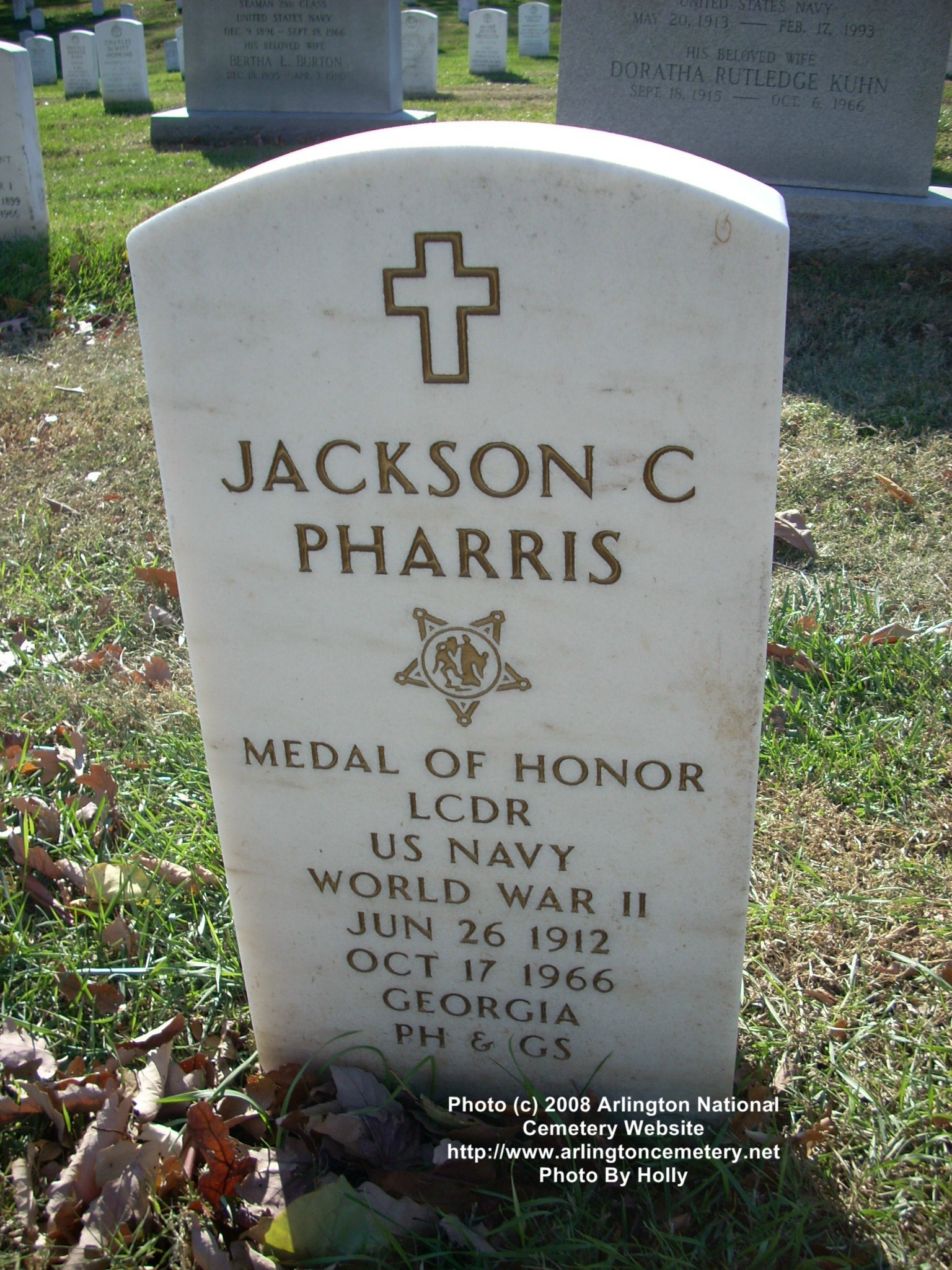
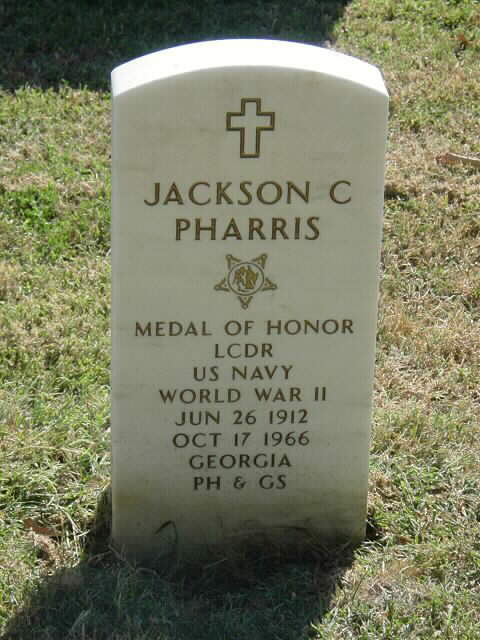
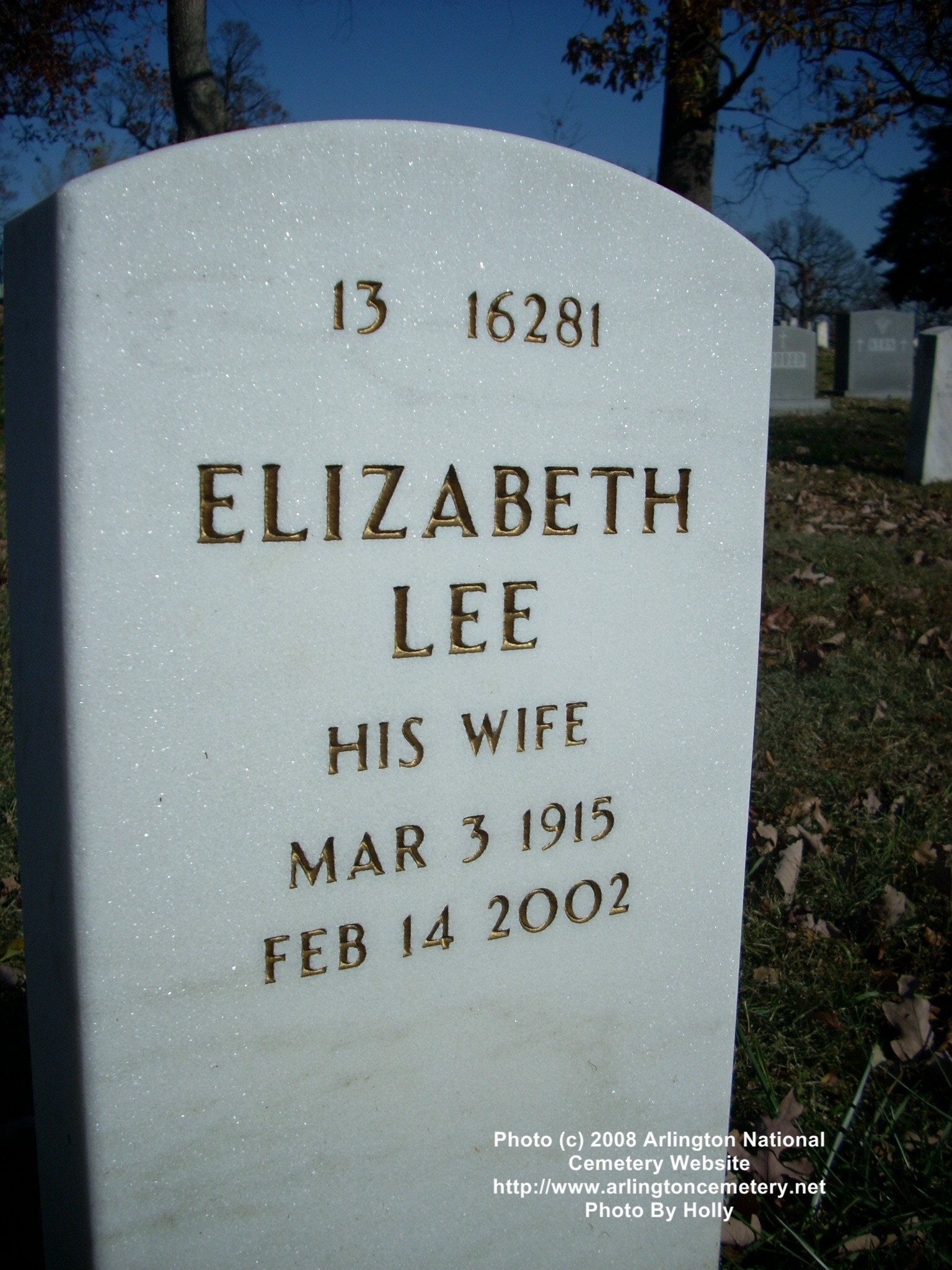
Michael Robert Patterson was born in Arlington and is the son of a former officer of the US Army. So it was no wonder that sooner or later his interests drew him to American history and especially to American military history. Many of his articles can be found on renowned portals like the New York Times, Washingtonpost or Wikipedia.
Reviewed by: Michael Howard

